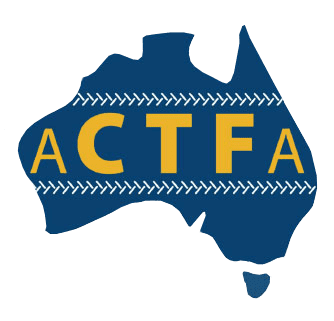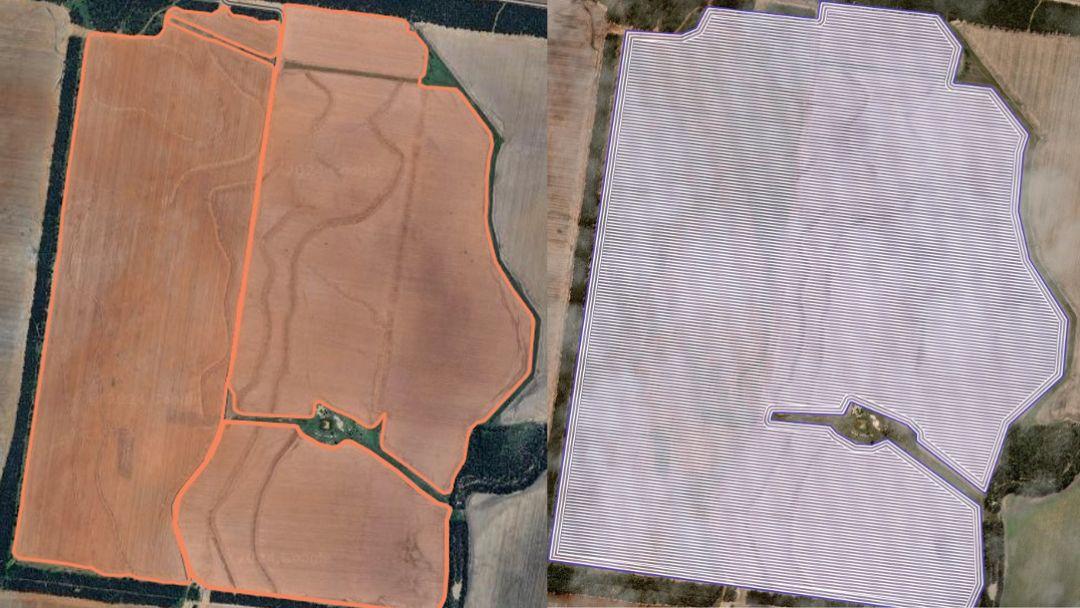Optimising Machinery Efficiency in Northern NSW and Southern QLD
by: Christian Capp, Grohag, Goondawindi
Key Points
- Adjusting existing run lines to a more efficient heading configuration reduces the number of tracks in the field, leading to significant savings in operational time, machine hours, and fuel. This not only improves productivity but also reduces emissions, supporting more sustainable farming practices.
- Verge’s Launch Pad tool allows growers to simulate and evaluate potential paddock changes, enabling them to make informed adjustments before implementing any physical changes on the ground.
- Quantifying the potential outcomes of adjustments provides growers with the impetus for adoption, giving them the confidence to implement data-driven changes that optimise their farming operations.
Background
The grower operates across northern New South Wales and southern Queensland in an area with an average annual rainfall of 620 mm that allows production of winter crops like wheat, barley, fava beans and chickpeas, with summer crops like sorghum grown on residual soil moisture. However, they also experience challenges such as soil compaction, nutrient leaching, and erosion during intense rain events. This farming operation uses controlled traffic and minimum tillage on 3-metre centres to help manage these issues by preserving soil structure and reducing runoff. Primarily John Deere equipment is used, such as 12-metre tyne precision planters and disc systems for applying fertiliser pre-planting or handling heavy stubble loads.
A key focus for the grower is optimising machinery efficiency, particularly logistics for grain movement. Merged paddocks are common due to evolving farm practices, but run lines have often remained unchanged, leading to inefficiencies.
The Launch Pad tool was used to identify if there were opportunities for improving machinery operational efficiency. The farm boundaries were imported to Launch Pad via integration with John Deere Operations Centre.
Case study scenarios
Scenario 1: Optimising machinery path plans and existing paddock
- Current setup: Paddock One measures 2.2 km by 1 km, with current guidance lines running east-west, requiring 178 passes to cover the area (Figure 1: Paddock One – Current run lines).
- Proposed solution: Verge’s Path Planner significantly enhances efficiency by aligning guidance lines with the paddock’s longest edge, reducing the number of passes from 178 to 88. This substantial reduction in tracks is particularly impactful, as it not only cuts down on turnaround time but also minimises wear and tear on machinery, especially during the frequent lifting and lowering of implements. By optimising run lines, the grower achieves smoother operations, reduced fuel consumption, extended equipment lifespan, and maximised productivity, all while maintaining the health of their soil and machinery – see Figure 2: Paddock One – Longest edge for more details on the results.

Figure 1 – Paddock One – Current run lines

Figure 2 – Paddock One – Longest edge
Scenario 2: Evaluating paddock merging
- Current setup: The grower currently manages three neighbouring paddocks, each with its own distinct shape and guidance line orientation. These paddocks operate independently, resulting in varying run line directions that do not optimise machinery movement now they are merged together. The fragmented layout leads to increased turnaround times, as equipment must adjust to different headings within a confined area. This also contributes to inefficiencies such as overlapping field operations, increased fuel consumption, and higher wear and tear on machinery. See Figure 3: Current layout of neighbouring paddocks for a boundary visual.
- Proposed solution: By creating a revised boundary in the John Deere Operations Center and syncing it with Launch Pad, a single east-west heading was suggested. This adjustment required 206 passes to cover the merged paddock. This consolidated layout offers several advantages, including significantly reduced turnaround time and simplified field operations, as equipment no longer needs to adjust between multiple headings (Figure 4: Merged paddock layout).

Figure 3 – Current layout of neighbouring paddocks

Figure 4 – Merged paddock layout
Next Steps
- Boundary refinement: Using RTK correction, accurate boundaries will be established for Paddock One. This ensures precision for implementing auto-steering and avoids obstacles like trees.
- Run line updates: New guidance lines will be created in Launch Pad and synced wirelessly to all equipment.
- Access road planning: With longer runs in the updated configuration, a central east-west road may be necessary to facilitate efficient loading and unloading operations, reducing idle time for machinery.
- Renovating old wheel tracks: The grower plans to use a combination of methods to renovate the old CTF wheel tracks including:
- Loosen and level the existing wheel tracks with a Grizzly wheel track renovator.
- Work the paddock at a 45-degree angle to the existing heading using a Trashworker with knife-point tynes.
- Rework the paddock along the new run line heading to establish consistency.
- Drag a levelling bar over the paddock to fill any holes and address remaining uneven areas.
Conclusion
The integration of Verge’s Launch Pad with existing precision agriculture tools provided the grower with the ability to simulate and quantify potential changes. This process enabled informed decision-making and inspired confidence to proceed with modifications, resulting in enhanced efficiency and reduced operational costs.
Acknowledgements
Through the Grain Automate initiative, Grains Research and Development Corporation (GRDC) has partnered with Verge Ag and ACTFA to support the acceleration and adoption of machine automation, autonomy and digital technologies in the Australian grains industry. Project VER2304-001RTX On farm operations optimization. Project activities in Queensland and New South Wales are being delivered in collaboration with Data Farming and Grohag.

